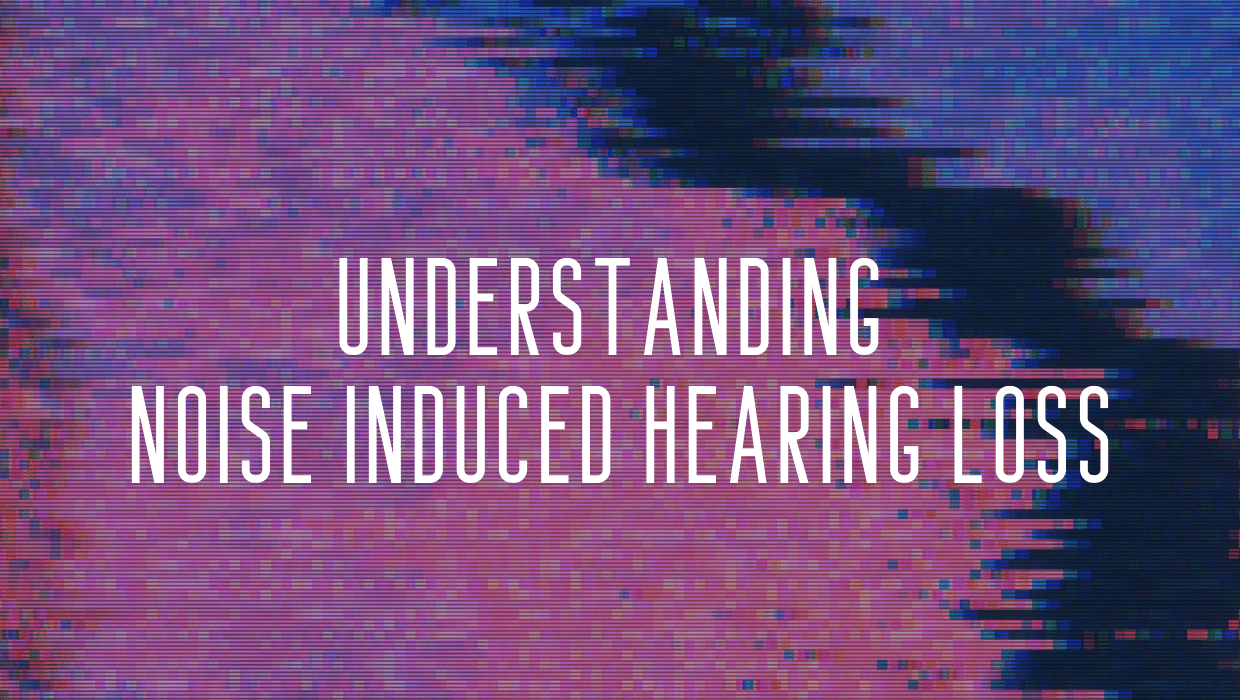- Navigating the Spectrum: Understanding Hearing Impairment Degrees - December 6, 2023
- Living with Hearing Aids in Day-to-Day Life - November 22, 2023
- A Comprehensive Guide to Hearing Aids: Exploring Styles and How They Work - November 21, 2023
How Healthy Hearing Works
Our auditory system is one of the most complicated and most fascinating functions of our body. In order to best understand noise induced hearing loss, it is important to first have a basic understanding of how healthy hearing works.
- First, sound waves enter the ear through the ear canal.
- Next, these sound waves travel through the ear canal towards the eardrum. Vibrations from the eardrum move three tiny bones located in our middle ear; these bones are called the malleus, incus, and stapes and are the smallest bones in your body.
- The vibrations of these tiny bones cause the fluid in our cochlea to ripple and wave. The cochlea is located in the inner ear, and is a snail-like shaped organ that is filled with fluid.
- The movement of our inner ear fluid causes tiny, delicate hair-like cells that sit atop the fluid to bend and sway.
- The bending and swaying of these hair-like cells transmits the sound waves into electrical signals that our brain can then interpret and understand as sounds.
- Lastly, the electric signals are sent through our auditory nerve to our brains for processing. This is where we finally “hear” sounds that we can understand.
What is Noise Induced Hearing Loss?
Noise induced hearing loss (NIHL) occurs when there is damage to the tiny hair-like cells caused by excess noise. When exposed to extremely loud bursts of noise or, more commonly, consistent noise over a prolonged period of time, these delicate little hair-like cells become damaged. Once damaged, these cells are no longer able to transmit the vibrations into electrical signals that our brains can process as sounds. The more of these cells that are damaged, the more difficult it becomes to hear and accurately receive all of the information your brain needs to process sound.
NIHL can be temporary, however, it is more often permanent. This type of hearing loss can occur in one or both of your ears and can happen to anyone, at any age. The most important factor to note about noise induced hearing loss is that it is 100% preventable.
What Causes Noise Induced Hearing Loss
As mentioned earlier, noise induced hearing loss is caused by excess exposure to loud noises. Some noises are so loud that they can cause NIHL immediately. Some examples of these noises are:
- Airplane flight lines
- Gunshots near unprotected ears
- Explosions in close proximity
Most of the time, however, NIHL is caused by excess exposure to noise over a prolonged period of time. This can come in many forms, with some examples listed below:
- Working in a noisy environment (environments with noises over 85dB) for a period of years or decades.
- Regularly attending noisy leisure activities such as sporting events, concerts, or festivals.
- Using personal listening devices with earbuds or headphones at loud volumes.
Noise induced hearing loss does not discriminate and can affect anyone and any age. In fact, the World Health Organization (WHO) warns that about 1 billion young people are at risk of developing noise induced hearing loss due to their noisy leisure activities.
How to Prevent Noise Induced Hearing Loss
The good news noise induced hearing loss is completely preventable. Even if you have already experienced some degree of noise induced hearing loss, there are still steps you can take to help prevent further damage to your auditory system.
Wear hearing protection. This one is the most important, most immediate, and most effective method of preventing noise induced hearing loss. Custom ear plugs can be molded for a comfortable and effective solution. If you work in a noisy environment, ask your employer for a hearing protection solution.
Follow the 60/60 rule. When using a personal listening device, make sure the volume is at 60% of max or less, and listen for up to 60 minutes a day. Abiding by these guidelines will help reduce your risk of developing NIHL.
Take “noise breaks” frequently. With our modern lifestyle, we are constantly bombarded with noise. This is why it is important to consciously decide to give your ears a break. Quiet activities like hiking, reading a book, or meditating can give your ears a break. Any time you can reduce or eliminate your exposure to loud sounds, you are helping to prevent NIHL.

